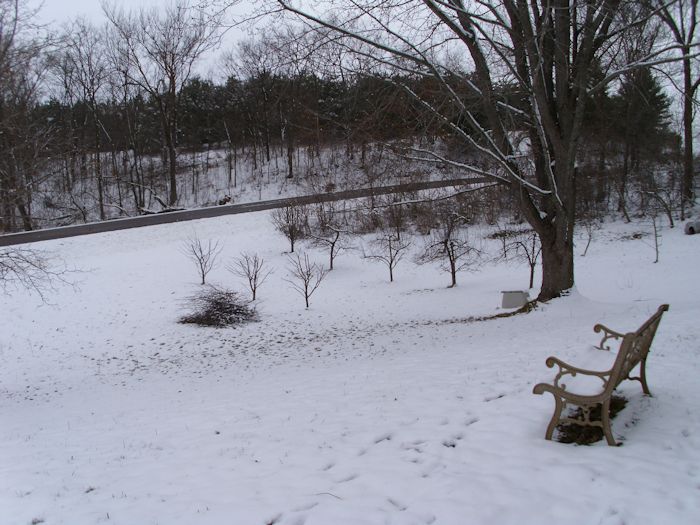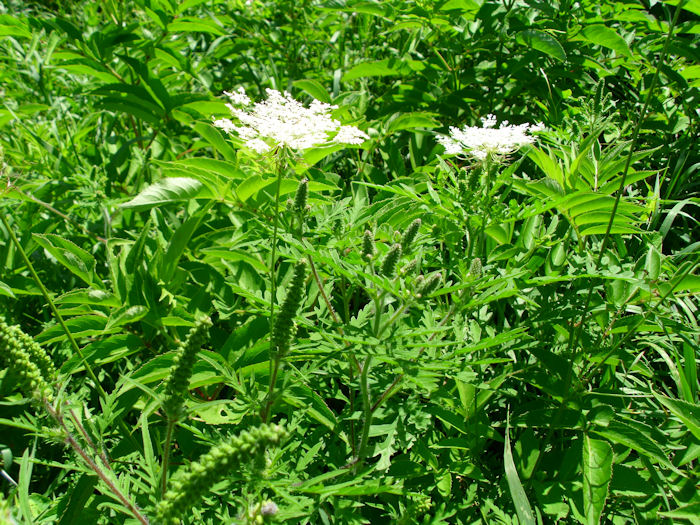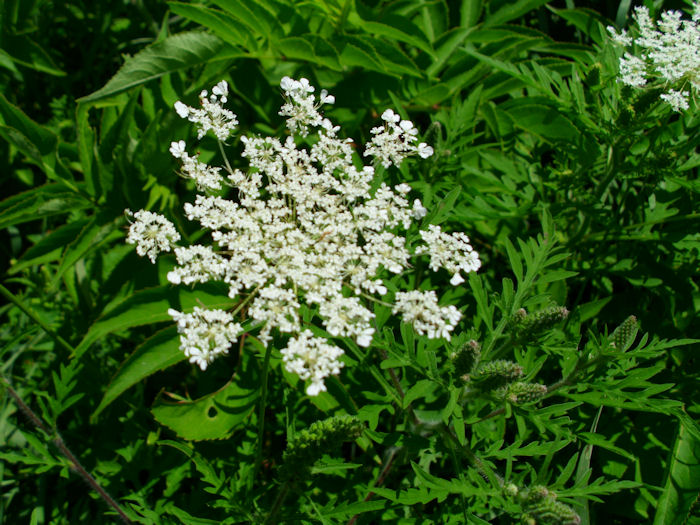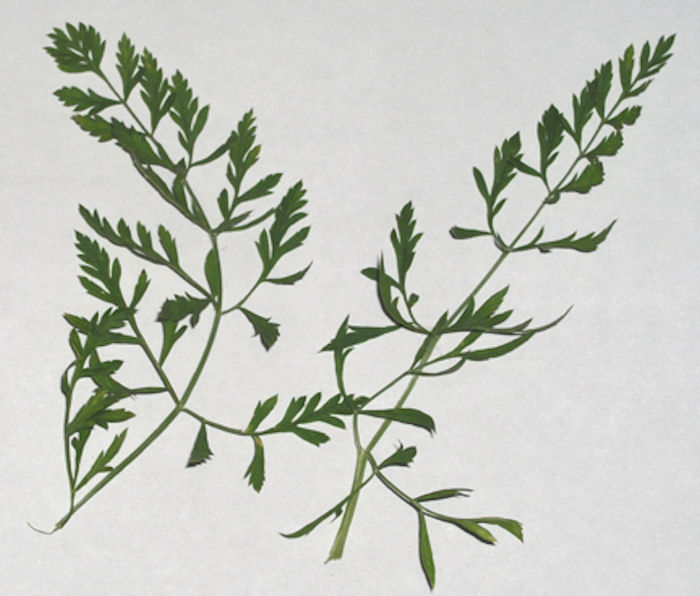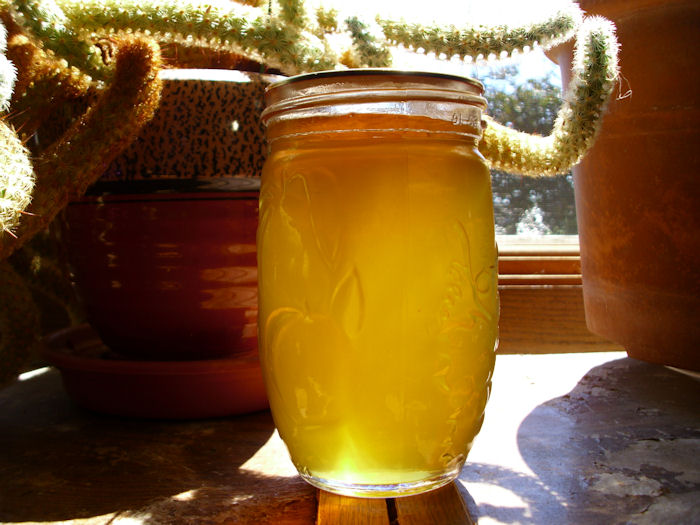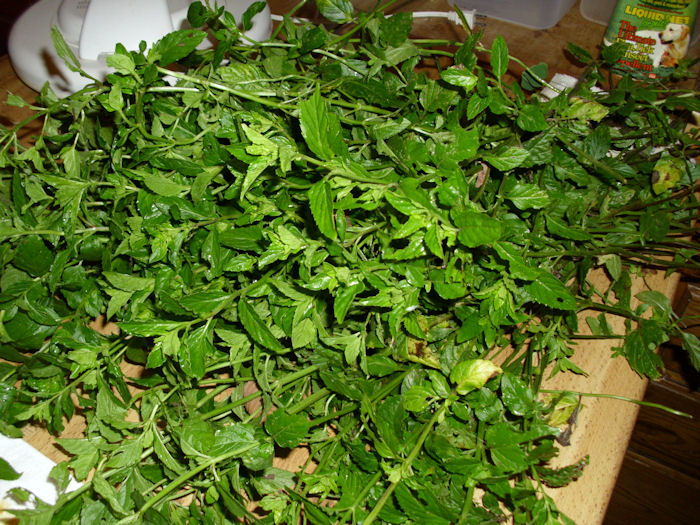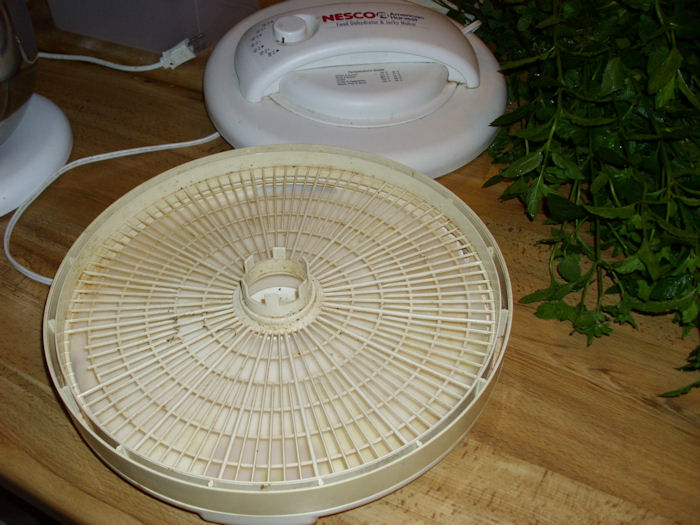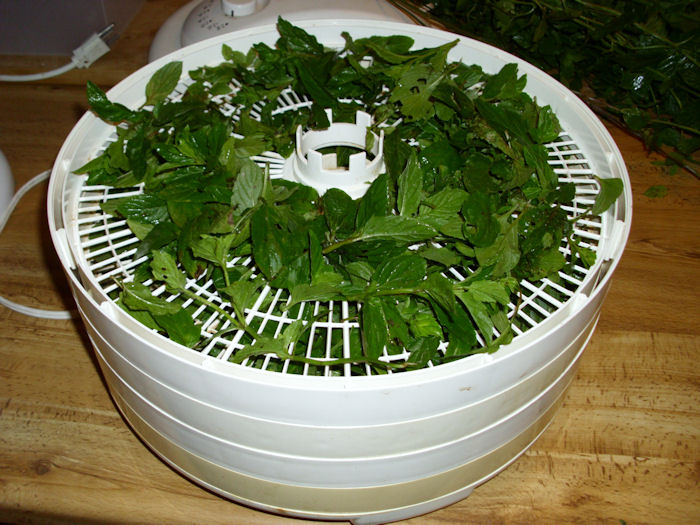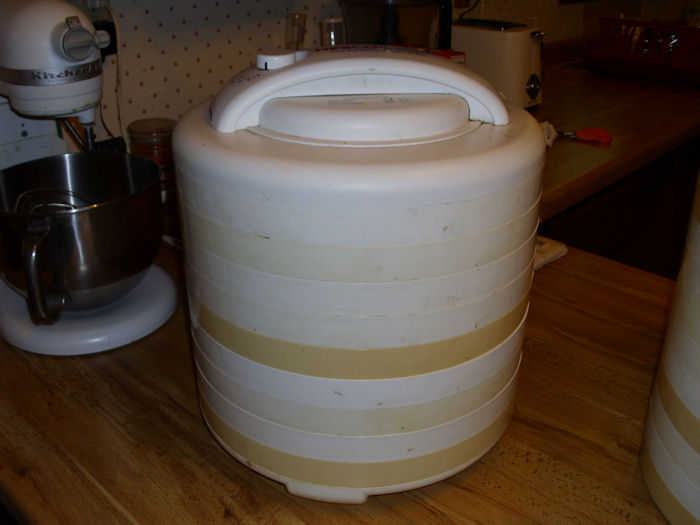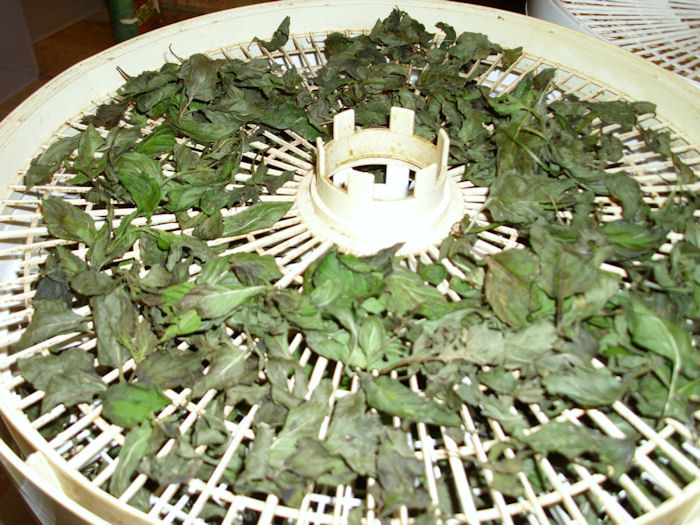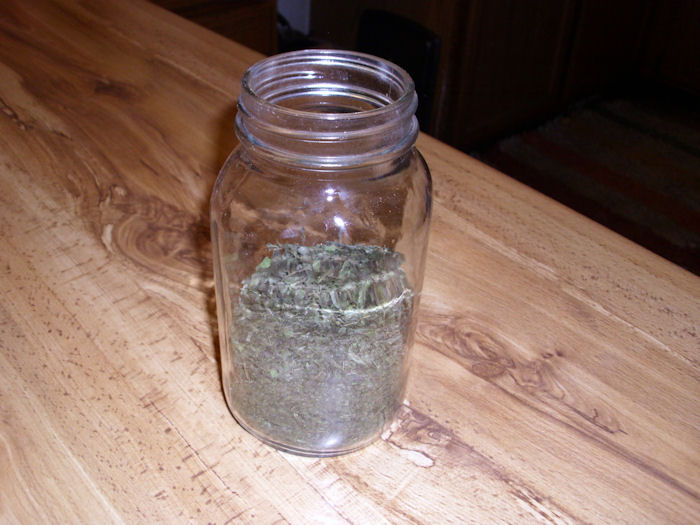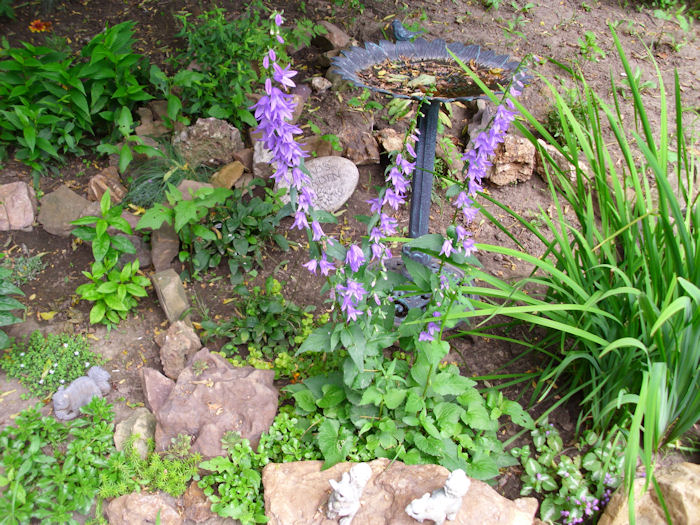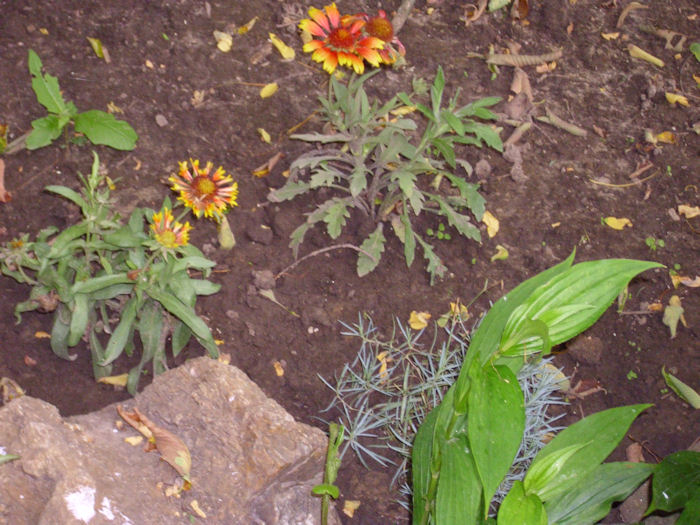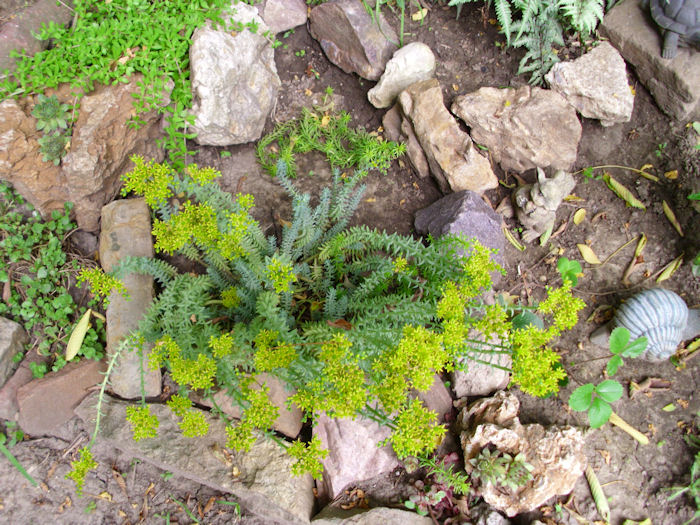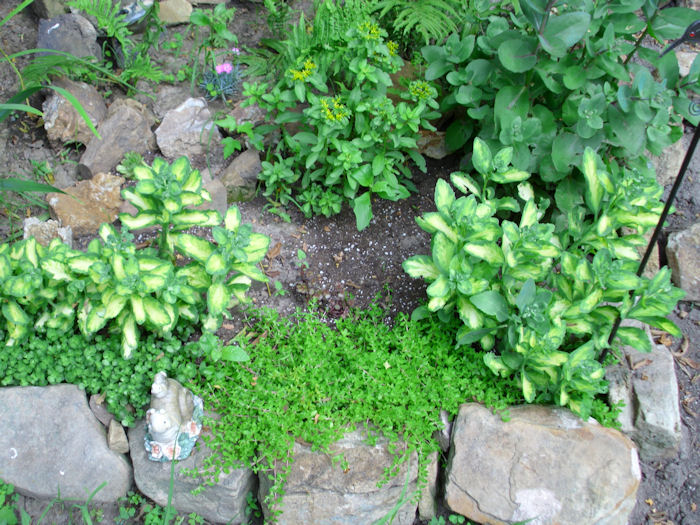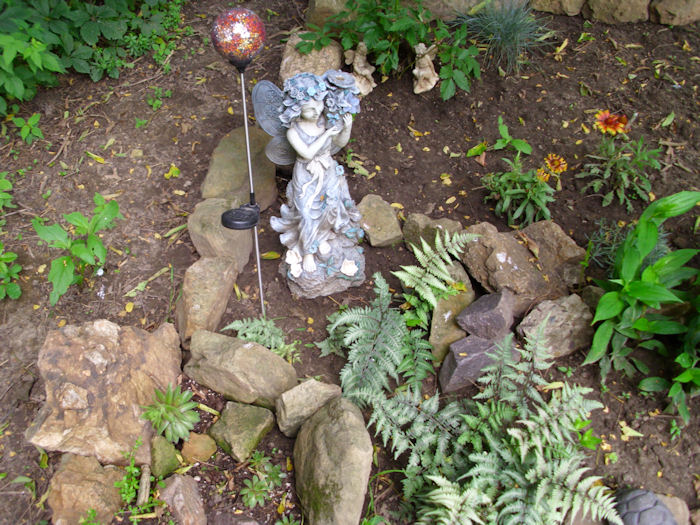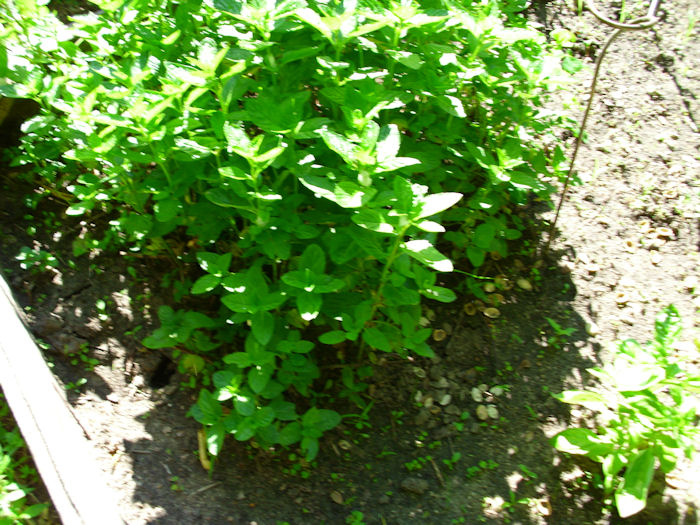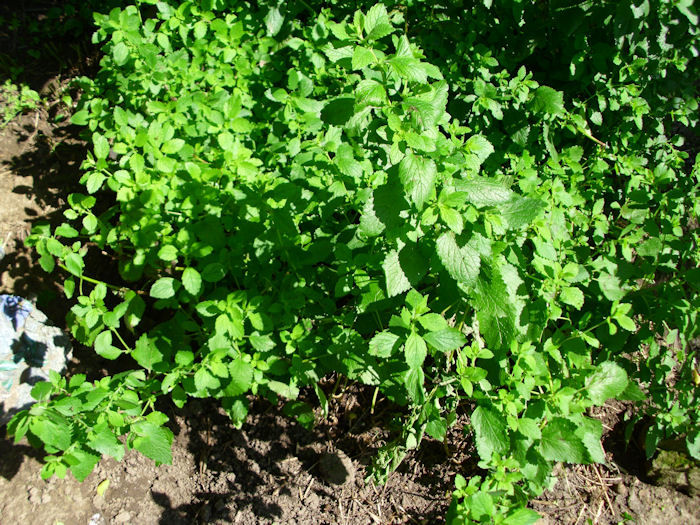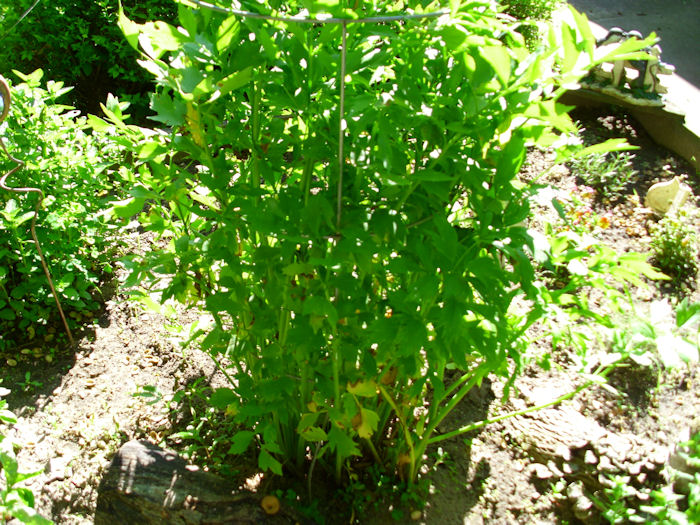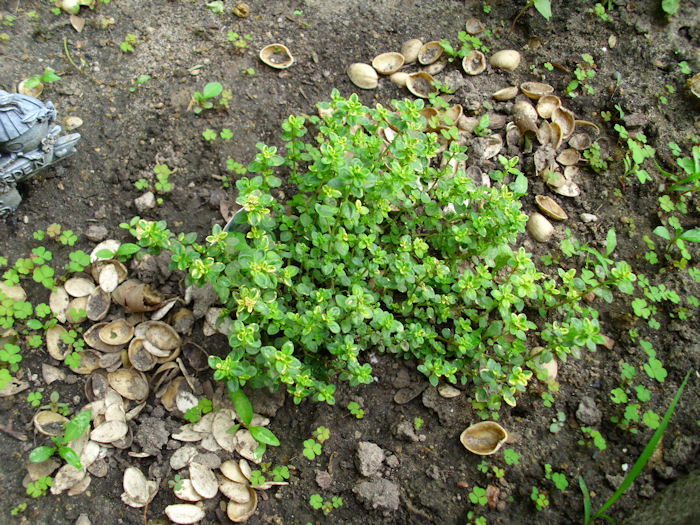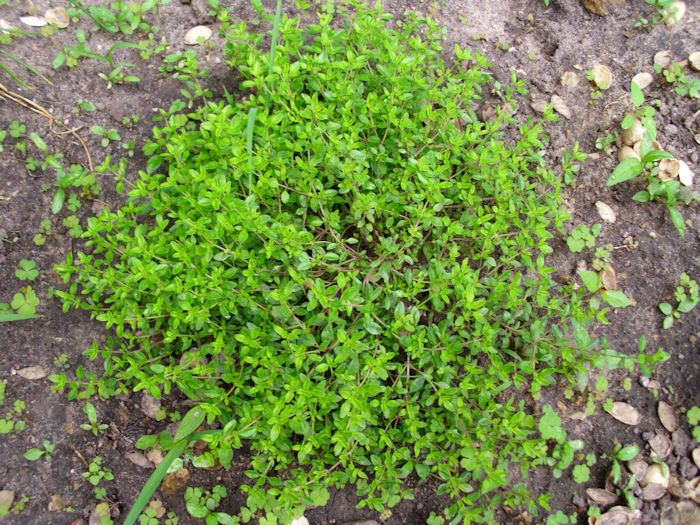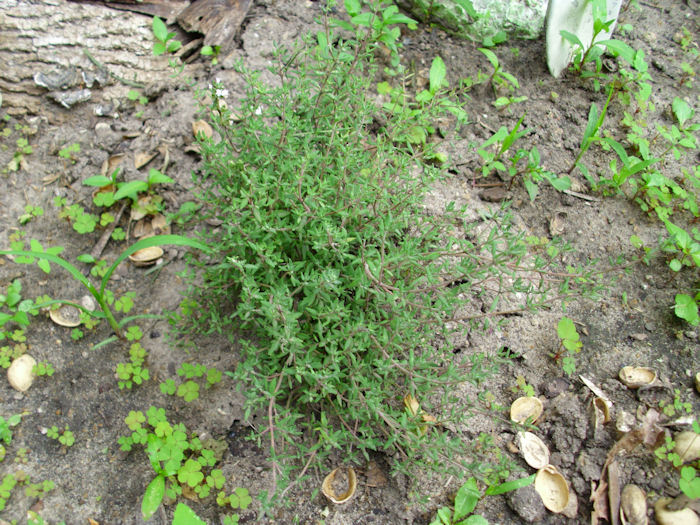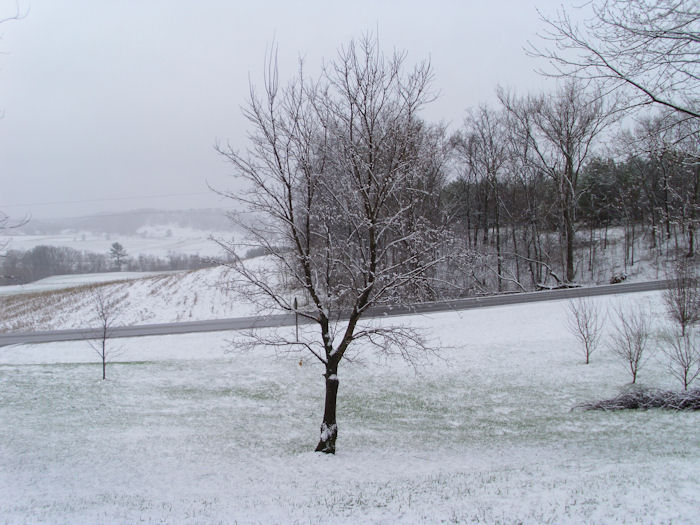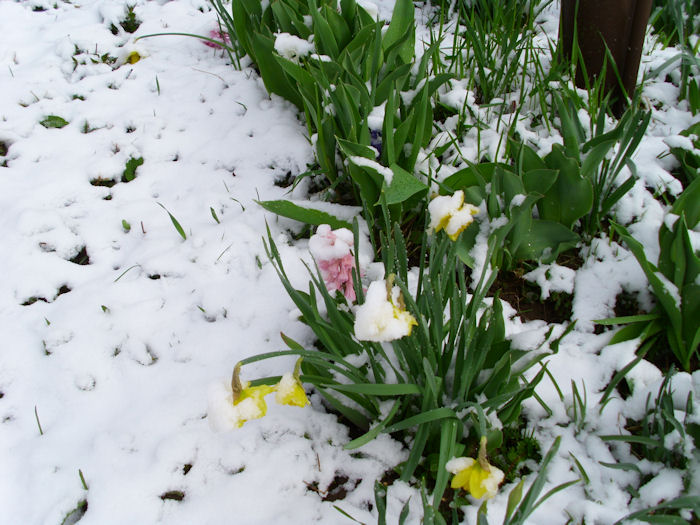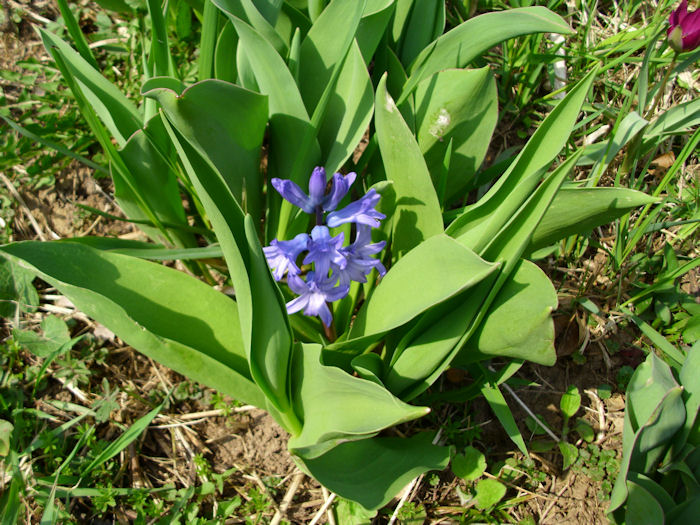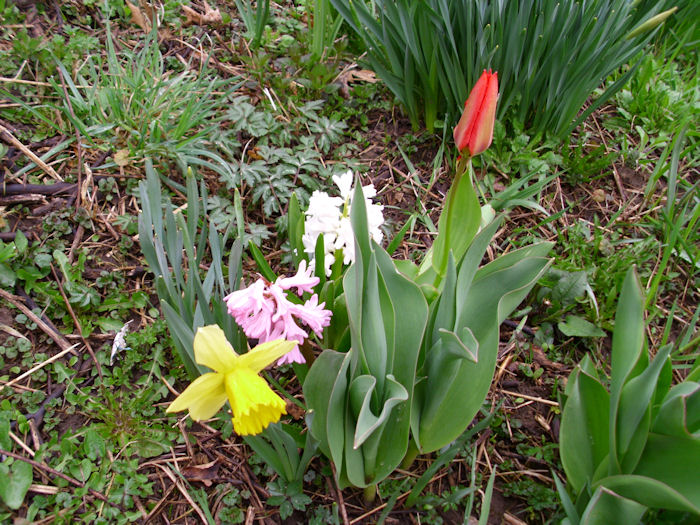It would probably be hard for most people to accept the fact that spring is on the way, especially when they look outside on a snowbound day like this one:
However, the fact of the matter is that spring really is on the way. It’s going to be an early spring, in fact. There are several things that tell me this. First, and possibly most important, the tree sap is starting to run again. In fact, the people around here who tap maple trees to make syrup have already done so, which is extremely early. I noticed that the trees in the woods also have sap running in them—at least the ones in our woods. I’ve never seen the sap run this early. (My uncle, who has lived a few years more than I have, says he has seen spring arrive this early in the past, but he wasn’t quite sure when, which tells me it was quite some time ago.)
Anyone who lives in the north will tell you that the air takes on a different quality in the spring. It has a different odor to it, or perhaps a different texture. I have yet to find a good way to quantify the difference, but the difference is unmistakeable. You take a good deep whiff and the air simply doesn’t quite smell like winter anymore. Perhaps there is the faintest hint of fresh greenery or some other element that looms at the horizon of human perception—present, but hard to identify. I smell it every spring and every spring I fail to pin down precisely what has changed.
Of course, most people want something a little more substantial than tree sap and odd smells, so there is also the birds to consider. When we were trimming the trees the other day, we definitely noticed the springtime songs of birds. No, it’s not the wild kingdom effect—the raucous early morning expenditure of energy that birds have later in the spring, but it’s a gentler prelude, as if the symphony is about to begin.
There are going to be other signs. None of my flowers have started bursting through the soil as of yet. The buds on the trees are still shut tightly as well. However, it won’t be long and I’ll start to see bud swell, and then, one day I’ll look at my flower bed and see just an inkling of the springtime flowers peaking through to see if the coast is clear. Spring is most definitely on the way—the signs are all around for anyone who wants to look. What are your favorite indicators of spring? Let me know at [email protected].

